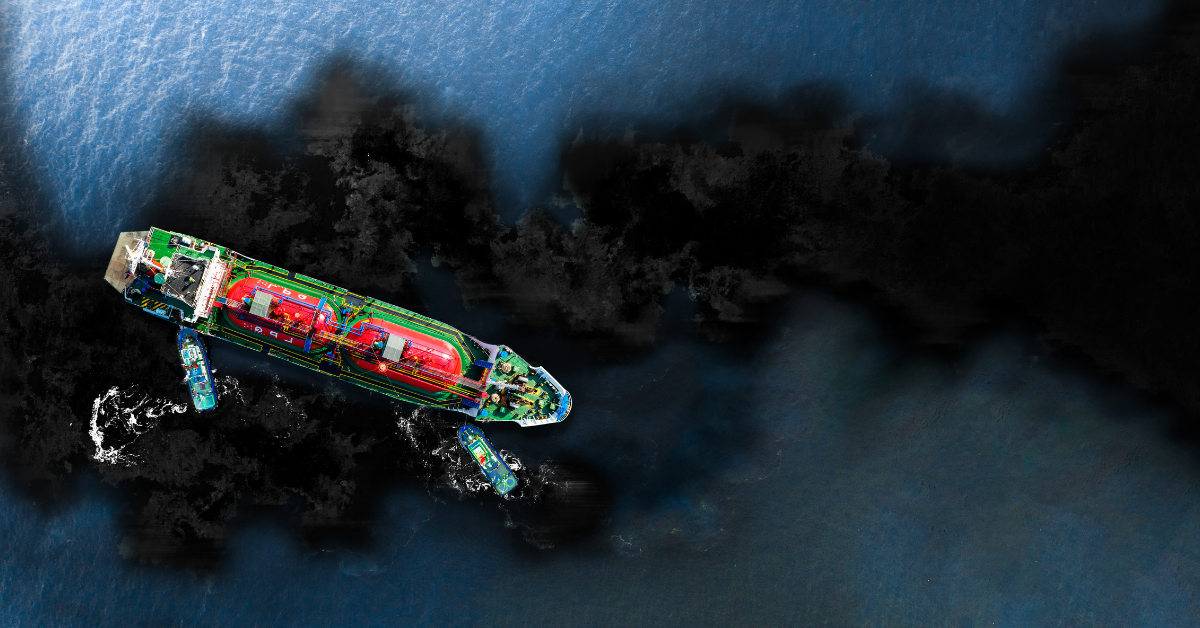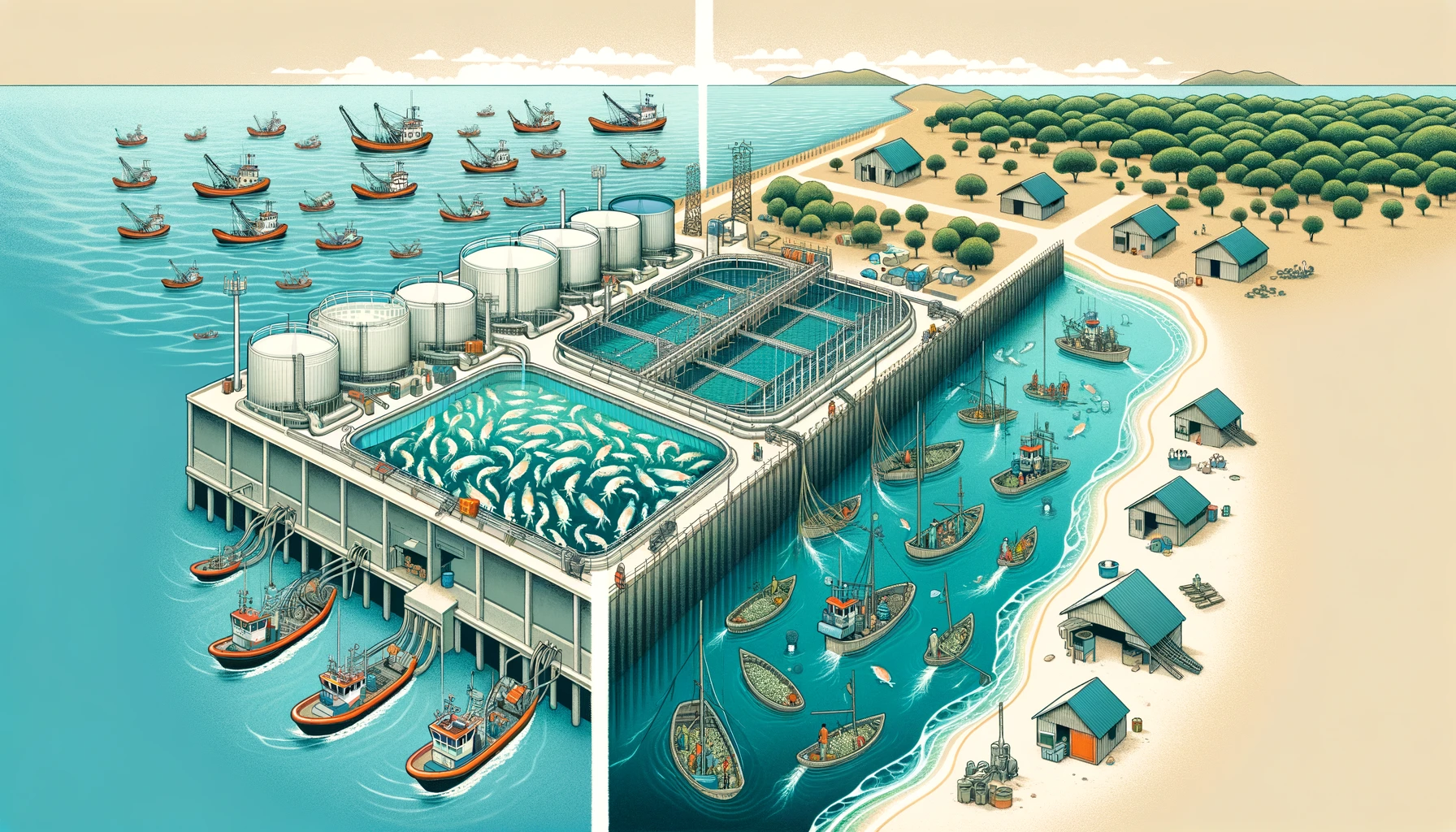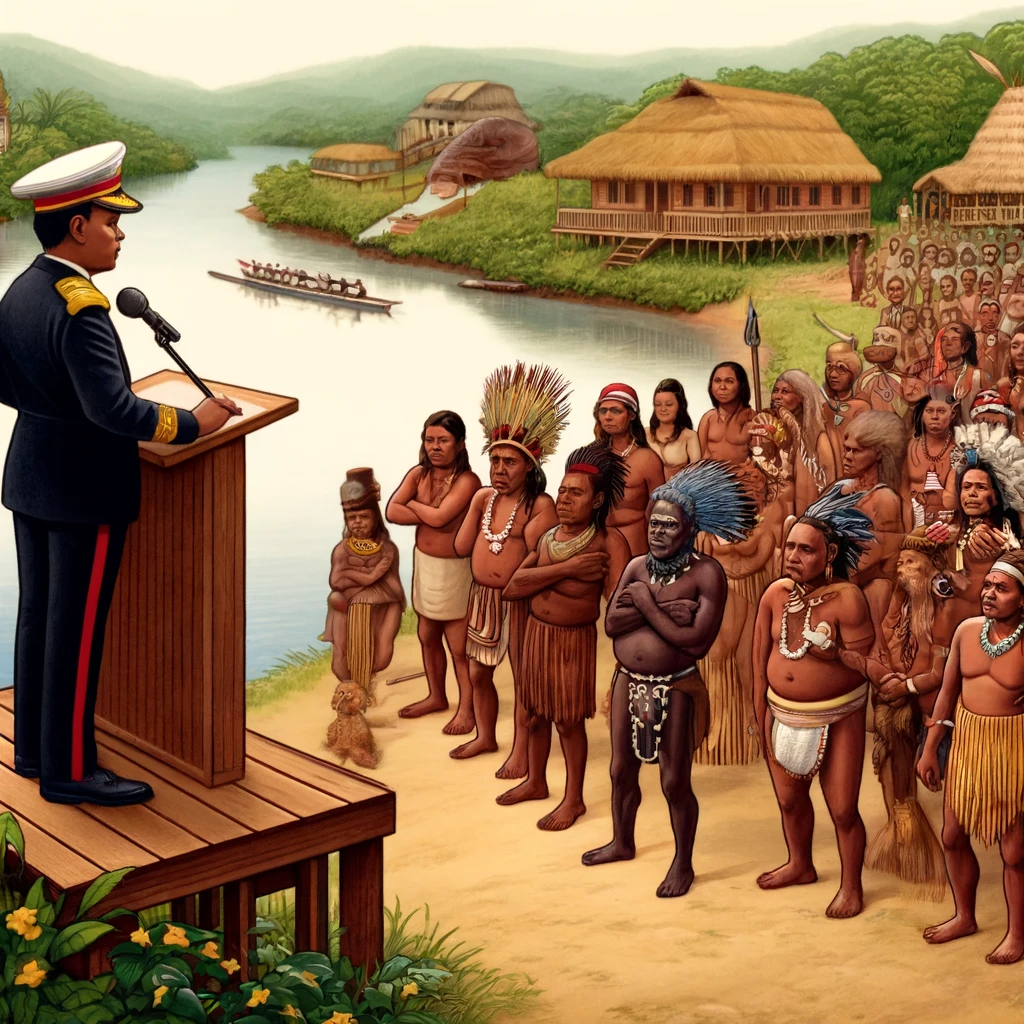The sheer organisational magnitude and efficiency of ExxonMobil as an industrial power was shown in the MARAD Notices to Mariners numbers 106 and 107 (2023) dated 12 June but only published on July 13 in your paper. These Notices cover the near-shore laying of the pipe for the Gas-to-Energy project; previous MARAD Notices covered the pipe-laying in deep water from the two Liza oil fields. The two newer MARAD Notices declare a pipe-laying area of 65 square nautical miles (22,500 hectares) out to 39 nautical miles from our coast, with an exclusion zone of 61 square nautical miles (20,800 hectares) out to 18 nautical miles.
This exercise and this exclusion cover a substantial area of the traditional grounds of the artisanal coastal fishermen. There has been no public consultation about scheduling this work to avoid conflict with the season which usually provides the largest fish catches, no discussion about compensation for disrupting the livelihoods of Guyanese fishermen.
The treatment of our fishermen as invisible and unimportant to Exxon, and apparently to the Government, is evident if you have looked over the sea wall of Georgetown since the Jan De Nul dredgers have been widening and deepening the Demerara Ship Channel for Exxon’s support vessels and for constructing the VEHSI shorebase (Port of Vreed-en-Hoop) for NRG Holdings Inc. This consortium is owned by Azruddin Mohamed of Hadi’s World Incorporated; well-known businessman and miner, Andron Alphonso; and National Hardware Guyana Limited’s Nicholas Deygoo-Boyer (together owning 85 per cent), while the dredger Jan De Nul owns 15 per cent). In April 2022 ExxonMobil leased the VEHSI shorebase for 20 years.
NRG Holdings are putting up US$50 Million, and ExxonMobil is putting up the remaining US$250 Million in advance payments. Since Guyanese taxpayers are repaying ExxonMobil for all infrastructure and expenses relating to the Stabroek Tract, Guyanese are funding a shore base owned outright by NRG Holdings. However government propagandists continue to insist that, in spite of evidence to the contrary, the Vreed-en-Hoop shore base cannot be classified as a public-private partnership, but is wholly privately owned https://www.stabroeknews.com/2023/03/26/opinion/letters/vreed-en-hoop-shore-base-is-not-a-public-private-partnership/)
The mud from the Amazon and our own rivers provides nutrients for the sea creatures which feed the fish which our fishermen have been catching for generations in pin seines and fyke nets, from catamarangs sliding over the mud close to shore and from bangamary boats farther out. Now from the Georgetown sea wall you can see a quite different sort of mud – the fine sediment stirred up by the dredging and swept eastwards by the inshore counter-current. Was that studied by an EIA ordered by our Environmental Protection Agency and commissioned by Exxon or VEHSI owners? The answer is no. The EPA waived the need for an Environmental Impact Assessment for the ‘Port of Vreed-en-Hoop’. Were the catamarang and bangamary fishermen consulted or compensated for the elimination of their traditional grounds by this new eastwards-sweeping sediment? No fisherman has said so.
Editor, in a generation’s time, ExxonMobil and the other carpetbaggers will fold their tents and slink away. At the current rate, they will leave behind a despoiled Atlantic Ocean, reduced marine life, including shrimp and fish, and a polluted coastland in which only the rich can afford a decent life. ‘One Guyana’?
By Janette Bulkan
Article originally published at: https://www.stabroeknews.com/2023/07/15/opinion/letters/exxonmobil-and-other-carpetbaggers-will-leave-behind-a-degraded-atlantic-ocean-and-diminished-marine-life/











